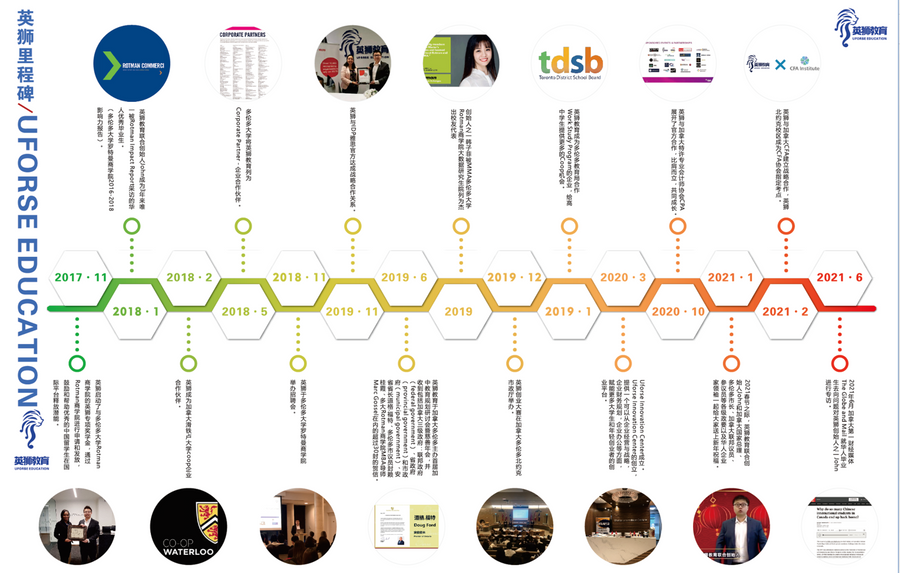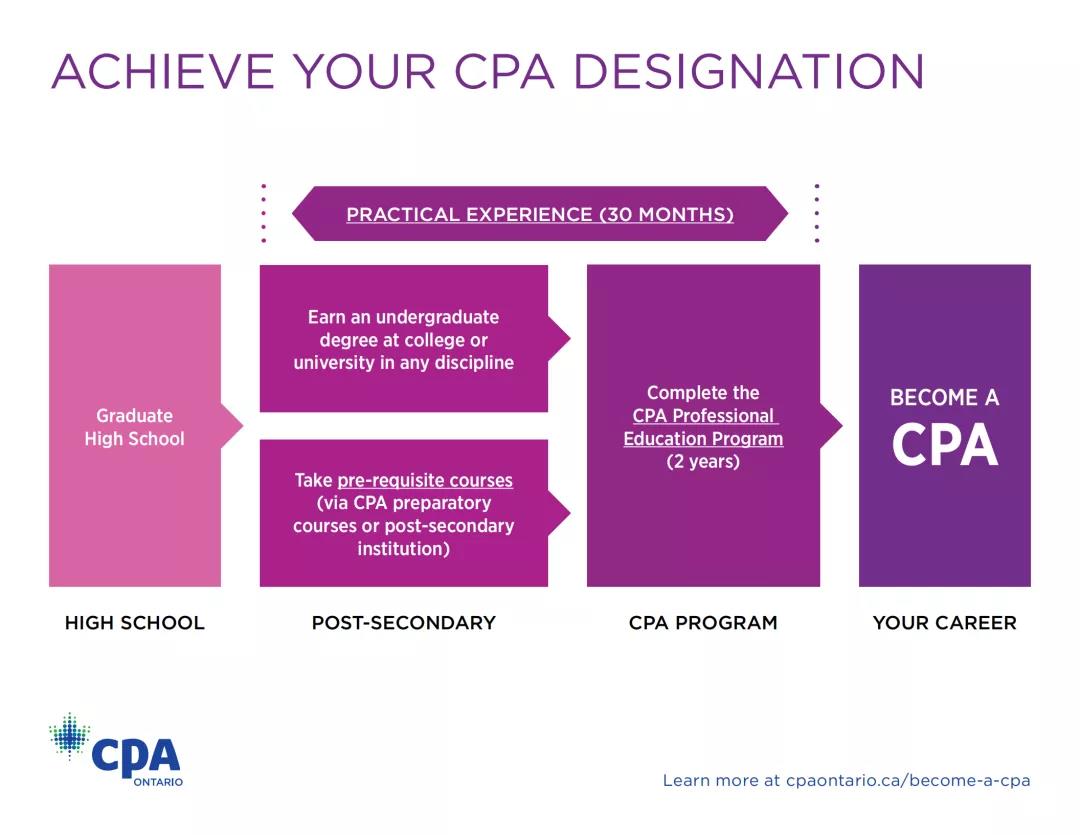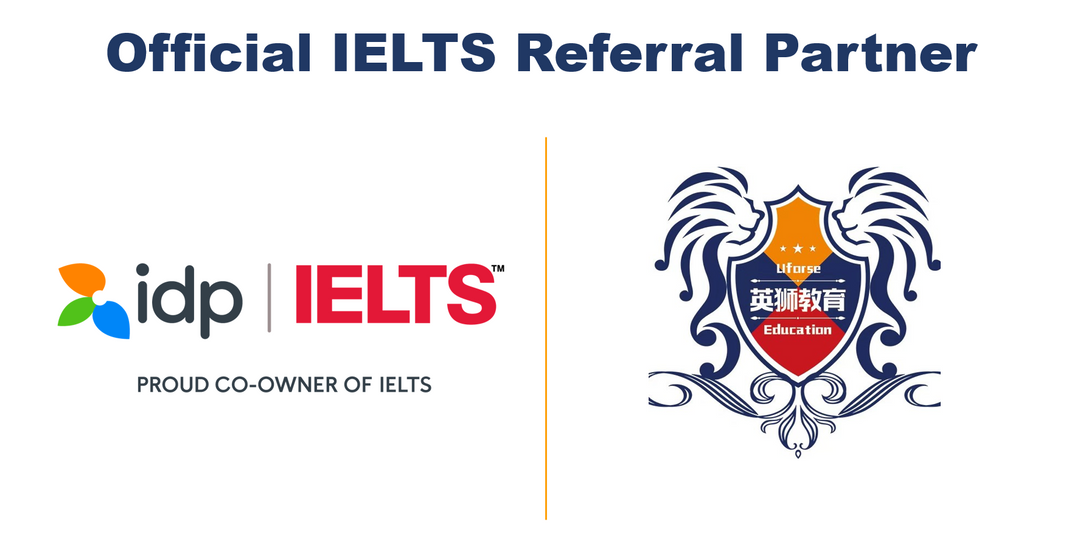How do general high school students apply for Canadian undergraduate programs?

The OUAC application deadline is about to close, and the number of students and parents inquiring about studying in Canada after the college entrance examination has increased sharply recently. This article will talk about how ordinary high school students in China can prepare themselves to study abroad as an alternative to the college entrance examination~
01) Direct undergraduate admission
Direct admission means that students can directly submit applications to Canadian undergraduate programs based on their IELTS scores, average grades in school, and college entrance examination and HKCEE scores that meet the standards, and directly participate in formal courses after admission, without the need for language courses .
The advantage of direct enrollment is that it can be completed in one step, eliminating the need for preparatory courses or language schools, thereby saving corresponding time and expenses. However, direct admission has higher requirements for students and requires them to have good English proficiency. It is recommended that students start preparing for the language test for studying abroad from the second year of high school. The deadline for submitting general language scores is February to March of the third year of high school, and the language score is valid for two years.
For example, top-ranked universities such as the University of Toronto, UBC, and McGill University usually require students to have a college entrance examination score above the first-tier level, an IELTS score of 6.5 or a TOEFL score of 85 or above, and an average high school course score of above 80.
Other schools usually do not set clear requirements for college entrance examination scores, but recommend students to achieve a level of at least two books and strive for a higher high school average score. Applicable subjects include high school seniors and high school graduates.
02) Undergraduate + language dual admission
Dual admission means that students are eligible for admission to both undergraduate and language courses at the same time.
Dual-enrollment students who do not meet the required English level when applying can first take the school's language class . After a certain period of language learning, they can successfully enter undergraduate majors after passing the language assessment.
There are two situations for undergraduate dual enrollment, and the specific requirements vary by school:
1. Conditional dual admission : students are required to have a certain language foundation, such as TOEFL 60 or IELTS 5.0. In addition, in addition to language scores, students must also meet the school's academic admission standards, including high school grades, college entrance examination scores, and HKCEE scores.
2. Unconditional dual admission : No need to provide any language scores. However, the range of schools to choose from may be relatively small.
The dual enrollment form is relatively more stable and is especially suitable for students who are insufficiently prepared for language exams for studying abroad or whose English proficiency is relatively weak. Once you do not meet the IELTS or TOEFL score requirements, you only need to pass the school language course assessment to enter the formal course. Applicable objects include high school seniors, high school graduates, and students studying for college/undergraduate degrees.
03) University Bridge Course
Some universities in Canada offer bridge courses, with curriculum and teaching evaluation based on the regulations of each university. After students complete the bridge course and pass the grade evaluation, they can transfer all the credits earned to the university and directly enter the second year of the university.
During the period of students' enrollment, they can enjoy the same campus resources and services as students of our school, and adapt to the learning and living environment of the university in advance. In short, students study language courses and some college credit courses at the same time in the first year. Once the language proficiency reaches the standard in the second year, they can directly enter the formal sophomore study . This arrangement allows students to complete their studies in the normal four-year academic system. Schools that offer this type of academic system include Simon Fraser University, University of Manitoba, Toronto Metropolitan University, etc.
This course is suitable for senior high school students and fresh graduates.
04) OSSD, final year of high school in Ontario
OSSD refers to the high school education system in Ontario, Canada. Students will receive a Canadian high school diploma after completing their final year of high school. Students can directly apply for undergraduate programs based on their Canadian high school scores.
The advantage of this approach is to increase the competitiveness of undergraduate admissions. Ontario has many well-known universities, such as the University of Toronto, University of Waterloo, University of Western Ontario, Queen's University, McMaster University, etc. OSSD local students in Ontario have a higher chance of admission to these universities than other overseas students.
This option is particularly suitable for students who want to integrate into the Canadian higher education atmosphere in advance and have the ambition to target prestigious universities.
Applicable subjects include high school sophomores and seniors as well as high school graduates.
05) College + University transfer
If students have not taken the college entrance examination, their high school average scores have not reached the desired level, and their study abroad budget is limited, they may consider applying to Canadian public colleges first. Typically, these colleges have established transfer credit agreements with universities in their area. After students complete the college's freshman and sophomore courses, through evaluation, they can transfer the credits earned to the university, continue their undergraduate studies, and ultimately obtain a degree certificate from the university.
Of course, different schools and majors have different requirements for transferable credit courses, so students must understand each university's credit transfer policy in detail before applying. If you want to know more about the school, please add Yingshi Academic Advisor for consultation~
This option is available to high school seniors and high school/technical secondary school graduates.
06) Domestic undergraduate transfer
Most Canadian universities support the conversion of undergraduate credits. For students from a domestic institution, they can submit directly to Canadian universities through college entrance examination scores, undergraduate average (recommended at least 80 points), and language score standards. Transfer application.
For students from non-university universities in China, you can also consider applying to Canadian universities that do not set hard requirements for college entrance examination scores. For specific admission requirements, please refer to the above requirements.
It should be noted that the time cost of this transfer method is relatively high, and usually only up to one year of credits can be transferred. Therefore, it is recommended that interested students apply before their junior year of college. In addition, the number of transfer admission places in Canadian universities is limited compared to the number of freshmen admissions, and the competition is more fierce. In particular, the probability of transfer admission to top universities is relatively low. Therefore, it is recommended that students and parents plan their study abroad plans in advance during high school. This method is suitable for first- and second-year undergraduate students in China.

How to realize the "double insurance" plan of applying for Canadian universities and taking the college entrance examination in China at the same time?
It is recommended to start planning from the first year of high school . Since online applications to Canadian universities are about to begin in the first semester of senior high school, having qualified language scores at this time will help determine a reasonable application plan. Therefore, it is particularly important to obtain IELTS or TOEFL scores that are suitable for applying to your ideal university before the end of the summer vacation of your sophomore year of high school.
For students who are in their third year of high school and their college entrance examination results have not yet been released when applying to Canada, they only need to explain to the school that they have signed up to take the college entrance examination. The college entrance examination results will not have a great impact on admissions. You can then submit relevant materials to the school after the college entrance examination results are announced.
But if you are already in your senior year of high school, it is recommended that you go all out to obtain excellent college entrance examination scores, because after the college entrance examination, you will need to provide college entrance examination scores when applying to Canadian universities, which will become an important factor in whether the school admits you. Throughout the entire application process, communicate in a timely manner and provide required documents to ensure that both high school studies and Canadian university applications are taken care of, and that double insurance is available.
If you have any questions about choosing a university, choosing a major, language training, competitive examinations, application deadlines, document preparation, university admission requirements, etc., please add the Yingshi academic consultant for consultation. I wish everyone who has applied and is preparing to apply will receive full offers~
Add Yingshi Academic Advisor Consulting



